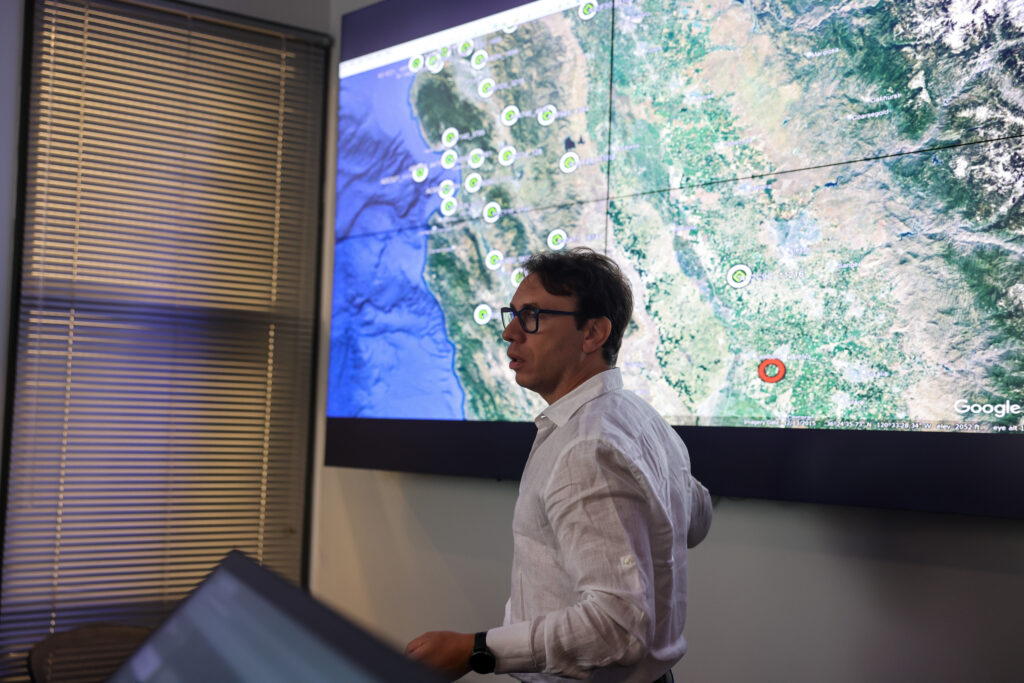SkyGrid Joins Wisk to Accelerate Autonomy and Airspace Integration.

Wisk Advances Its Autonomy Capabilities; SkyGrid Becomes Wisk Subsidiary Wisk and SkyGrid deepen focus on enabling airspace integration of autonomous systems and digitizing airspace MOUNTAIN VIEW, CA and AUSTIN, TX, June 9, 2025 – SkyGrid, an Advanced Air Mobility (AAM) Third-Party Service Provider (TSP), today announced it is becoming a subsidiary of Wisk Aero, […]
Aurora and SkyGrid Advance Airspace Management Solutions for UAVs

Boeing’s Aurora and SkyGrid Develop UAV Integration Systems

SkyGrid and Aurora: Advancing Future Air Mobility

The future of Advanced Air Mobility (AAM) is here, and we at SkyGrid are excited to be working alongside Aurora Flight Sciences, a Boeing company, to make it a reality. Together, we are developing innovative solutions to seamlessly integrate uncrewed aerial vehicles (UAVs) into national airspace, ensuring safe and efficient operations. Colaborating for a […]
SkyGrid Signs Space Act Agreement with NASA

SkyGrid partners with NASA’s Advanced Air Mobility National Campaign to collaborate on operations infrastructure and airspace simulation. AUSTIN, Texas, July 13, 2021 – SkyGrid, a Boeing, SparkCognition company has been selected to participate in the National Aeronautics and Space Administration (NASA)’s Advanced Air Mobility National Campaign. The award focuses on system development through integrated vehicle and airspace demonstrations in […]
HyperWerx: Building the Future

Amir Husain is the CEO & founder of SkyGrid, provider of airspace management services for commercial drone operators, enterprises, and aviation authorities. Husain explains how building the HyperWerx campus will showcase what AI really can do for SkyGrid and its partners. What is the vision for SkyGrid’s use of the HyperWerx facility? HyperWerx is a […]